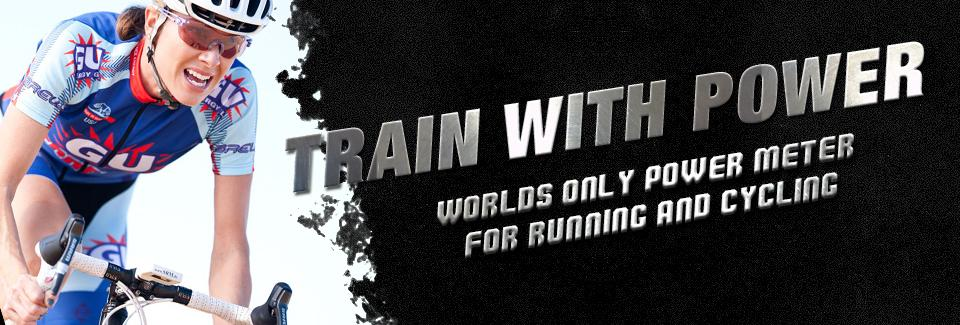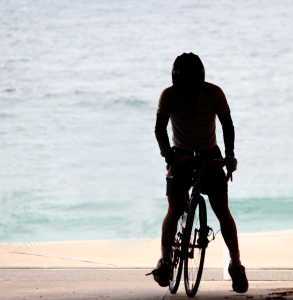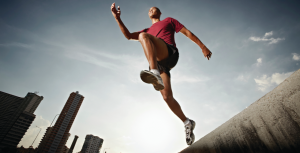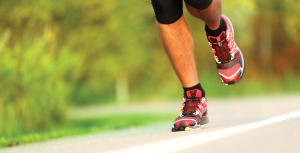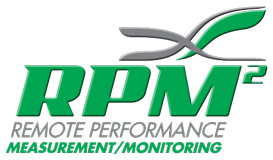“You can quit if you want, and no one will care. But you will know the rest of your life.” – John Collins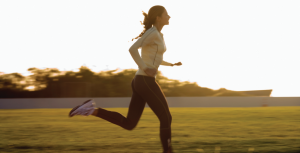
The inherent variety of the triathlon typically keeps you more motivated to train than a single sport does. However, mixing it up doesn’t always do the trick in helping you stay motivated. All triathletes, from beginners to those at the top of their game, simply do not feel a burning desire to train all the time. What sets winners apart from those who throw in the towel is that they are committed to training whether they feel motivated or not. If you’re lacking in drive from time to time, you can either use it as an excuse to give up on your goals, or you can accept it as part of who you are—and get on with your training anyway. The following tips can help push you out the door and into your next training session when you’re feeling less than inspired.
Remember why you’re doing it in the first place. Think back to what initially got you excited about becoming a triathlete. Was it personal empowerment, improved fitness, reaching a specific goal, the thrill of competition, the overall process, or the camaraderie with like-minded individuals? Dig deep and try to find those intense emotions again—and use them to keep you moving toward your goals.
Maintain a good foundation of health. Without adequate rest, proper hydration, and a diet that meets your unique needs as a triathlete, you’re setting yourself up for failure. Nothing kills your motivation faster than hitting a wall because your body isn’t properly fueled to perform, so stay vigilant when it comes to your physical health and treat your body with care.
Celebrate your progress. We’re all at different levels of progress, so it’s pointless to compare yourself to an athlete who has trained and competed longer than you have. Quit worrying about what the other guy is doing. Set small, achievable goals that carry you toward the larger ones and celebrate your accomplishments, both big and small.
Look to your heroes. While you should never compare yourself to others, there’s great value in being inspired by those who have achieved their goals. This extends beyond your athletic heroes, so also think about other people you admire—from historical figures to people in the news—who overcame great obstacles to achieve their definitions of success. What strengths and attributes of theirs would you like to emulate? Meeting your physical goals is paramount in this sport, but achieving your goals of integrity and personal growth will serve you in all areas of your life, including training and competition.
To learn how RPM2 products can help you maintain good physical form when running and cycling, take a look at how our remote performance monitoring footbeds work to detect bilateral deficiencies. Also, subscribe to our blog on the right side of this page to receive tips for improved athletic performance and the latest news on our partnership with USA Triathlon.

